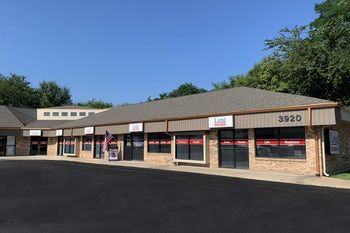Quality is king in construction. Reputations hinge on excellence, which is why most contractors work hard to ensure they produce quality products. The more robust the quality management process, the better. If you want to test your quality assurance operations, check out these five questions every contractor should consider – and some answers for success in quality.
- How does my company verify the materials ordered, supplied and installed on a project are correct? Confirm that the materials ordered were received by reviewing submittals, cut sheets and shop drawings. Also, be sure to look at the items received to check that they match those ordered. If you find inconsistencies, think about what company processes are creating gaps, then work to rectify them.
- How does my company handle nonconforming materials either delivered or installed? Review all requests for information, shop drawings and specifications and check the mock-up for proper installation.
- How do I verify the work we’re about to install meets current prints and specifications? First, isolate all nonconforming materials and label “Do Not Use” to prevent them from being installed. Next, conduct and document a preinstallation meeting with subcontractors. Document all nonconforming work with affected subcontractors, communicating corrections made and re-inspecting once complete. If needed, conduct another field-level installation meeting – including a review of the preinstallation meeting minutes – and the mock-up panel.
- How do I verify the work is installed to project prints and specifications? Conduct and document ongoing field work inspections – via photos and written documentation – to ensure a quality installation. Review all work against mock-ups, when available, and compare installed work to submittal drawings. When possible, use third-party testing and inspection firms for building enclosures and air barriers, and hire mechanical, electrical and plumbing consultants to review, conduct testing, verify design integrity, document using photos and inspect.
- Upon project completion, how should I assemble, communicate and archive final closeout documentation? Review, update and secure all drawings, red lines and business information modeling. Provide those electronic documents to the owner and file your own documents. Ensure that all subcontractors provide appropriate copies of drawings, as-builts, product cut sheets and any other closeout documentation. This is important for properly closing out your project, creating a satisfied owner and assisting you should a construction defect claim occur.
The goal of any quality management program is the execution of a building project completed on time, on budget and with zero punch list construction defects upon completion. A lofty goal? Yes, but attainable with the proper practices in place.










